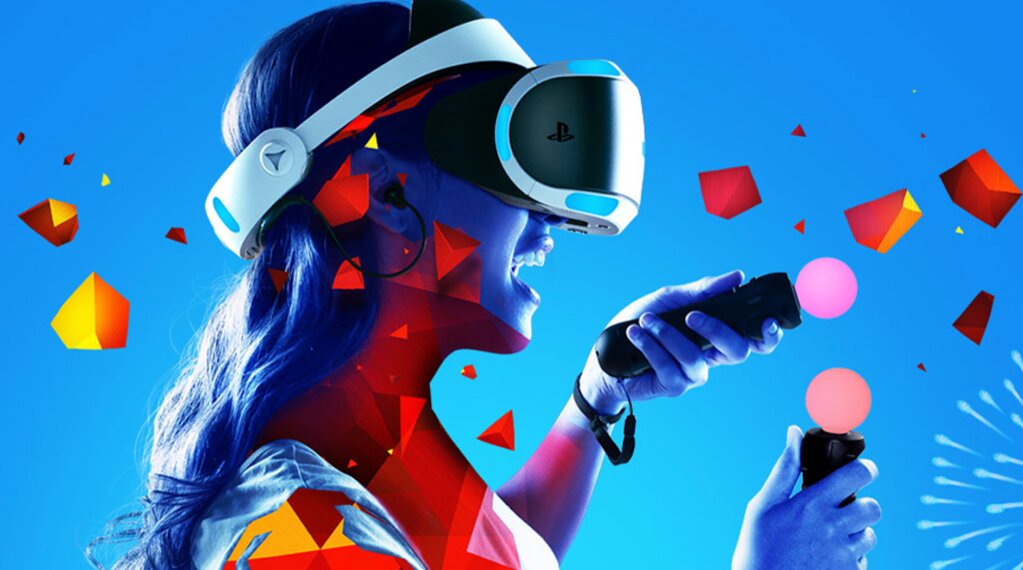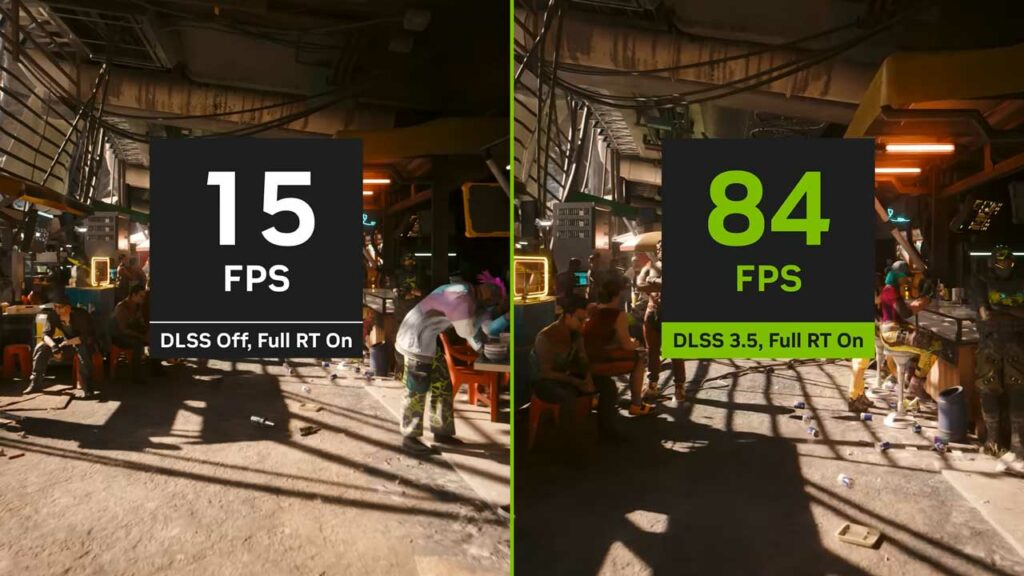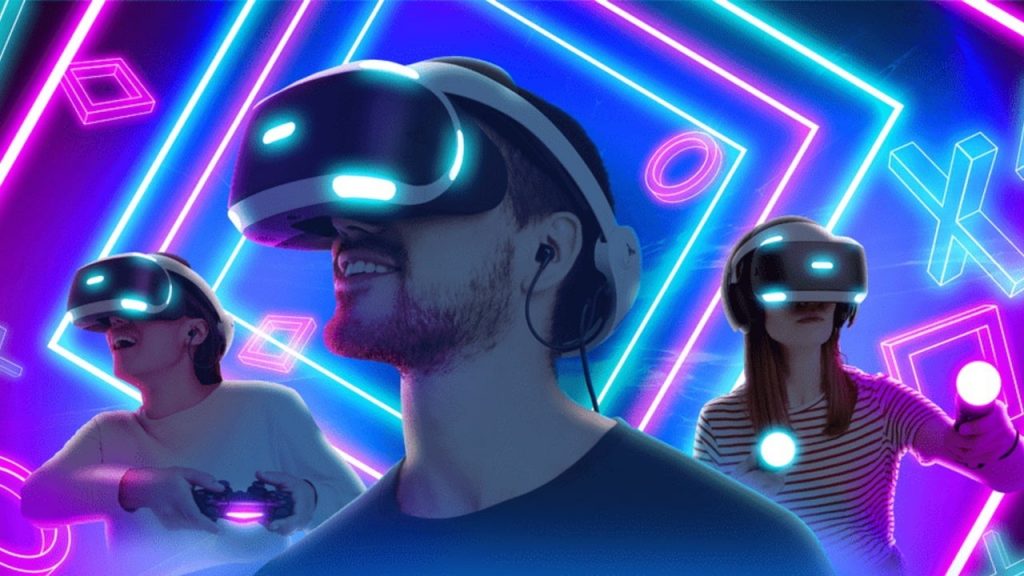Virtual Reality (VR) gaming has evolved from a niche technology into a burgeoning industry that captivates the imagination of gamers worldwide. As we stand on the cusp of the next wave of technological advancements, the immersive experiences offered by VR gaming are set to redefine our understanding of interactive entertainment. In recent years, virtual reality has transcended its initial novelty, establishing itself as a transformative force within the gaming landscape. Let’s take a step back and speculate about the exciting developments expected in the near future.
Hardware Innovations
Next-Gen VR Headsets
The upcoming generation of VR headsets promises to elevate the gaming experience to unprecedented heights. The incorporation of cutting-edge display technology brings higher-resolution screens and expanded fields of view (FOV), providing users with a more immersive visual experience. We are already seeing tremendous leaps in this field, as evidenced by our review of the Primax Crystal VR Headset, the world’s first 8K resolution 120Hz headset.
The introduction of advanced AR/VR headsets like the Apple Vision Pro also breathes new life into productivity applications. Simultaneously, hardware designers are diligently focusing on creating lightweight and ergonomic designs, ensuring prolonged comfort during extended gaming sessions.

Sensory Enhancements
Beyond visual enhancements, hardware advancements are delving into the realm of sensory experiences. Advanced haptic feedback systems are being developed to provide users with a heightened sense of touch, adding a tactile dimension to virtual interactions. Furthermore, there is an ongoing exploration into integrating smell and taste sensations, aiming to blur the lines between the virtual and physical worlds, creating a truly multi-sensory gaming experience.

Artificial Intelligence Integration
AI-Driven Gameplay:
Artificial Intelligence (AI) is poised to revolutionize gameplay dynamics in VR. The NPCs (Non-Playable Characters) are becoming increasingly sophisticated, offering adaptive and responsive interactions that tailor themselves to individual player styles. As we discussed while analyzing the role of AI in gaming, this evolution in AI-driven gameplay not only enhances the challenge but also ensures a more personalized and engaging gaming experience.

Virtual AI Companions:
The emergence of virtual AI companions can add an extra layer of depth to the immersive experience. These intelligent entities, whether allies or adversaries, can respond emotionally to player actions and decisions. This advancement contributes significantly to enhancing the sense of immersion and connection, fostering a more personalized and emotionally resonant gaming environment.
Cross-Reality Integration
Bridging Virtual and Augmented Realities
The future of VR gaming extends beyond virtual boundaries through the integration of augmented reality (AR). Seamless transitions between VR and AR open up new possibilities for gaming, allowing users to engage with virtual elements in their physical surroundings. This convergence of realities paves the way for novel gaming experiences that blend the digital and physical worlds seamlessly. The recently announced Apple Vision Pro headset looks to be a great leap forward in this particular realm.

Cross-Platform Collaboration and The Metaverse
The vision of interconnected VR ecosystems is becoming a reality with cross-platform collaboration. This approach ensures that players can share virtual spaces and experiences seamlessly across various devices, fostering a more inclusive and collaborative gaming environment. The breaking down of platform barriers contributes to a more unified and accessible virtual gaming landscape. This is also where the famed Metaverse comes in, as it aims to connect multiple VR devices all across the world in order to create a virtual world that mimics a lot of the major components of reality as we know it.
Improved User Experience and Immersion
Realism and Presence
The pursuit of heightened realism and presence in VR gaming is at the forefront of technological endeavors. Advancements strive to achieve photorealistic environments, enhancing the visual fidelity of virtual worlds. This focus on visual fidelity contributes to a more immersive and visually captivating gaming experience. We can also expect deep learning algorithms like NVIDIA’s DLSS and AMD’s FSR to improve the visual experiences of the VR headsets without putting too much performance strain on the device.

Social Dynamics in VR
The evolving social dynamics within VR spaces explore the intricate balance between real-world social norms and the freedoms afforded by virtual interactions. As VR gaming increasingly becomes a social experience, developers are exploring ways to integrate real-world social cues and interactions into virtual spaces, creating a more authentic and engaging multiplayer environment. A big part of the aforementioned Metaverse is the opportunity for social interaction in the virtual world without even leaving the comfort of your own couch!
Industry Collaboration and Competition
Collaborative Ventures in VR Technology:
- Major tech giants and gaming industry leaders are forming strategic partnerships.
- The goal is to push the boundaries of VR technology collectively.
- Collaborative ventures aim to accelerate innovation and share resources.
- Creating synergies is a key objective that benefits the entire VR gaming ecosystem.
Competitive Dynamics:
- Competitive dynamics within the VR gaming industry are propelling innovation forward.
- Established companies such as Meta, HTC, and Sony continue to lead the way in shaping the industry.
- A wave of innovation is emerging from startups and smaller players.
- This disruption contributes to the diverse tapestry of the VR gaming landscape.
- The interplay between collaboration and competition is essential for shaping the future trajectory of VR gaming.
Challenges and Ethical Considerations
Privacy and Security Concerns
As the landscape of VR gaming expands, it brings forth a set of challenges and ethical considerations. Ensuring user privacy and data security within immersive VR environments becomes paramount. The collection of personal data for enhancing gaming experiences must be handled with utmost care to prevent breaches and protect user confidentiality.
Potential AI Bias and Fairness
Addressing potential biases in AI algorithms, both in terms of gameplay and character interactions is crucial to fostering fair and inclusive gaming environments. Developers and industry stakeholders must actively work towards minimizing biases to ensure that AI-enhanced experiences are free from discrimination and provide equitable gaming opportunities for all.
Final Words
Embracing the evolution of VR gaming requires an acknowledgment of the transformative power it holds within the realm of interactive entertainment. As hardware, AI, and cross-reality integration continue to advance, the future promises not just a progression in technology but a revolution in how we perceive and engage with virtual worlds. Preparing for this revolution involves not only technological adaptation but also an open-minded approach to the limitless possibilities that lie ahead, ensuring that the immersive realms of VR gaming continue to captivate and inspire gamers across the globe.
Thank you! Please share your positive feedback. 🔋
How could we improve this post? Please Help us. 😔
Moiz Banoori, with a decade of experience in gaming and tech journalism and a degree in journalism, is a notable figure in the industry. He has contributed to various esteemed platforms, showcasing his expertise in both reporting and opinion writing.





